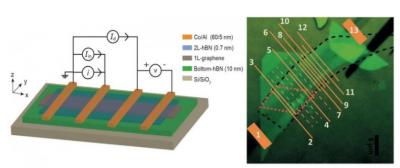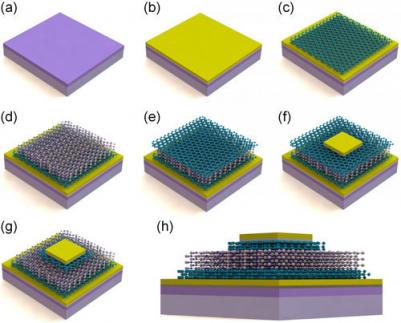Versarien to supply graphene to the CPI
 The advanced materials engineering group Versarien announced that it has won a tender for the ongoing supply of nanomaterials to the Centre for Process Innovation. Versarien will supply up to 1.2 kilograms of graphene in a variety of forms to the CPI, in addition to hexagonal layer boron nitride.
The advanced materials engineering group Versarien announced that it has won a tender for the ongoing supply of nanomaterials to the Centre for Process Innovation. Versarien will supply up to 1.2 kilograms of graphene in a variety of forms to the CPI, in addition to hexagonal layer boron nitride.
Neill Ricketts, chief executive of Versarien, said: "We are very pleased to have been successful in all the tenders we entered into to supply the CPI with our nanomaterials after a competitive process". "For Versarien this is an important route for the commercialization of products enhanced by graphene and other related materials", "We continue to receive record levels of enquires from potential purchasers of our products globally and look forward to making further announcements as appropriate," Ricketts said.






